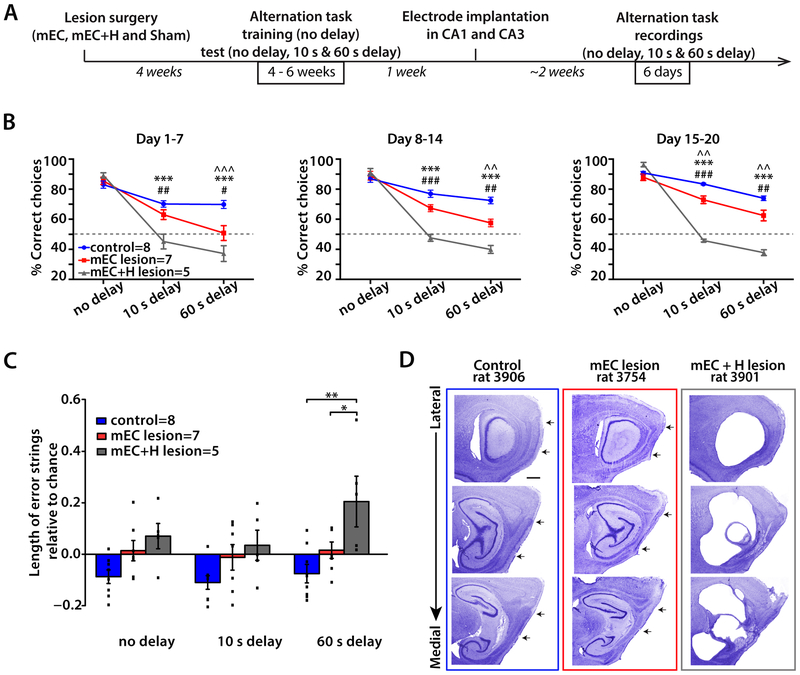Figure 1. WM performance was impaired in mEC lesioned rats.
(A) Experimental timeline. Rats underwent mEC lesions, combined mEC+H lesions, or sham surgeries (control) and were then trained in a spatial alternation task, first with only no delay trials and later with blocks of 10 s and 60 s delay trials included on each day. Tetrodes were implanted after 14 days of behavioral training with all delay conditions, and at least six days of recordings in the WM task were performed after tetrodes were positioned in CA1 and CA3. (B) Behavioral performance in the alternation task. MEC-lesioned and mEC+H-lesioned rats were impaired in the delayed versions but not in the continuous version of the task. The 20 days of testing were analyzed in three blocks (7 days, 7 days, and 6 days). Two-way ANOVAs (Group x Delay) for each of the three blocks revealed main effects of Lesion and Delay and a Delay x Lesion interaction (see Table S1). Tukey’s posthoc tests: ^^ p < 0.01, ^^^ p < 0.001 for control vs. mEC lesion group comparisons, *** p < 0.001 for control vs. mEC+H lesion group comparisons, and # p < 0.05, ## p < 0.01, ### p < 0.001 for mEC vs. mEC+H lesion group comparisons. (C) Length of error strings relative to chance. Given the number of errors committed by the animals in each group and condition, the average number of consecutive errors that would be expected by chance was calculated by shuffling these data 100 times and by then subtracting the shuffled values from the average number of consecutive errors observed. A two-way ANOVA (Group x Delay) revealed a significant effect of Group (p = 0.0029), and the differences between groups were in the 60 s delay condition where the combined lesion group made significantly more consecutive errors than both the control group and the mEC lesion group (** p = 0.0002 and * p = 0.019, Tukey’s test). (D) Series of sagittal sections from a control (left), an mEC-lesioned (middle), and an mEC+H lesioned (right) rat. Scale bar = 500 μm. Arrows indicate the dorsal and ventral borders of mEC. See also Figure S1, S2, S3, Table S1 and S3.

